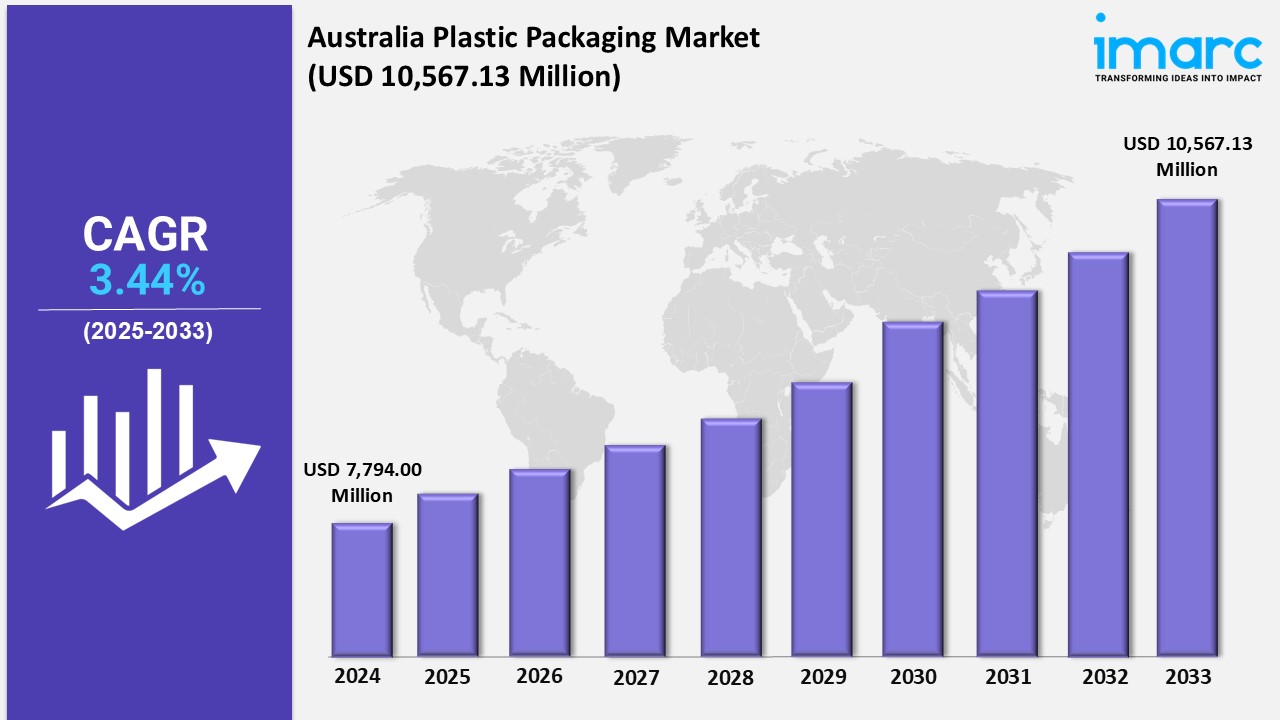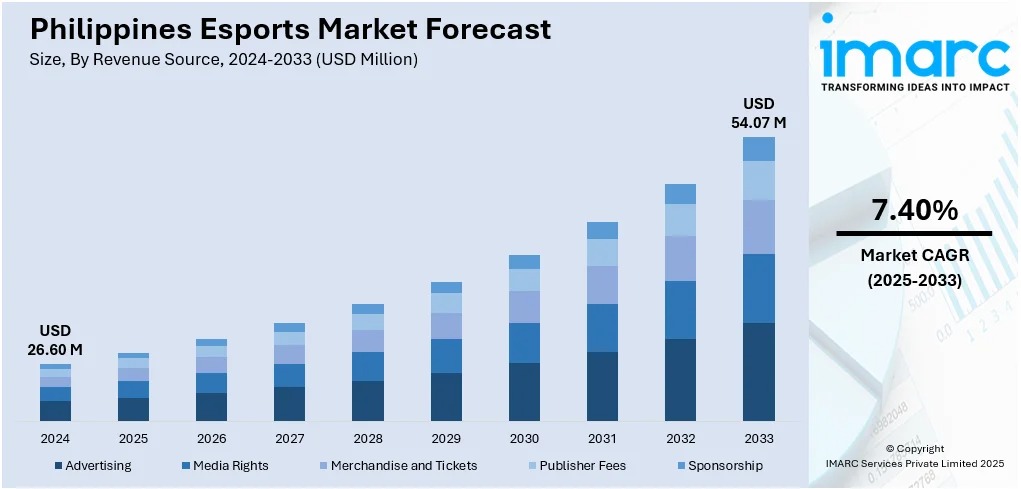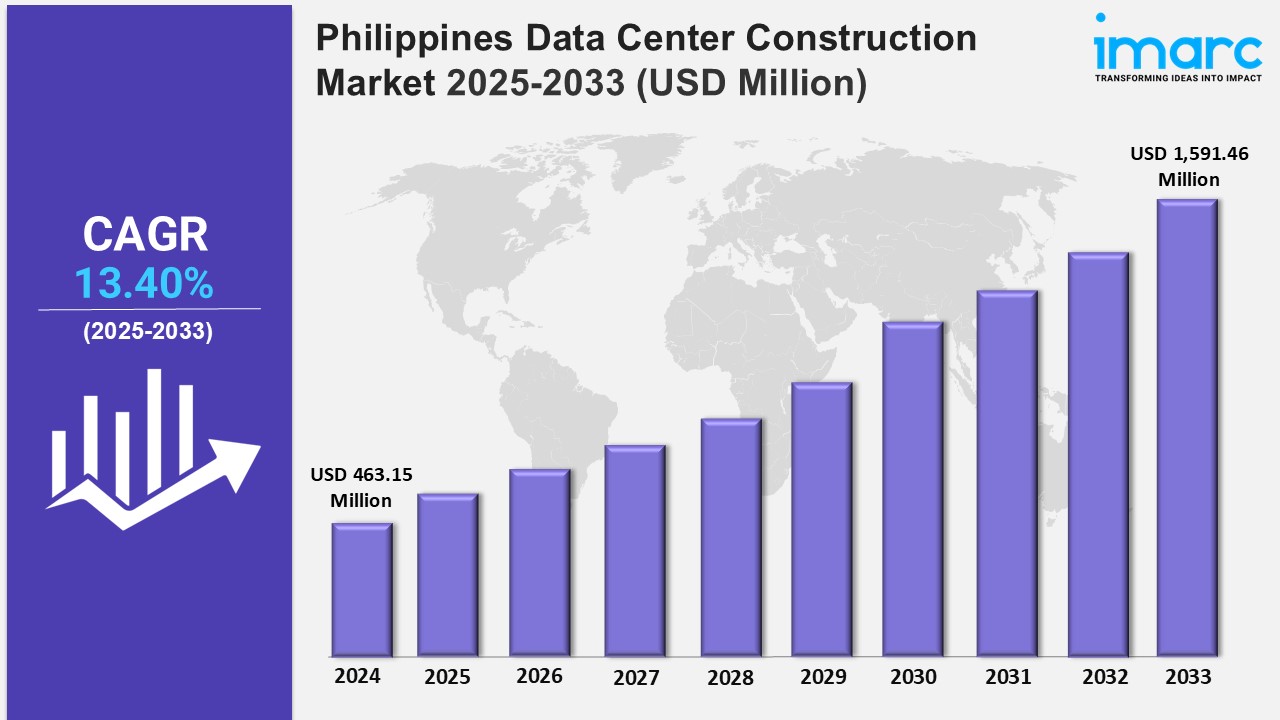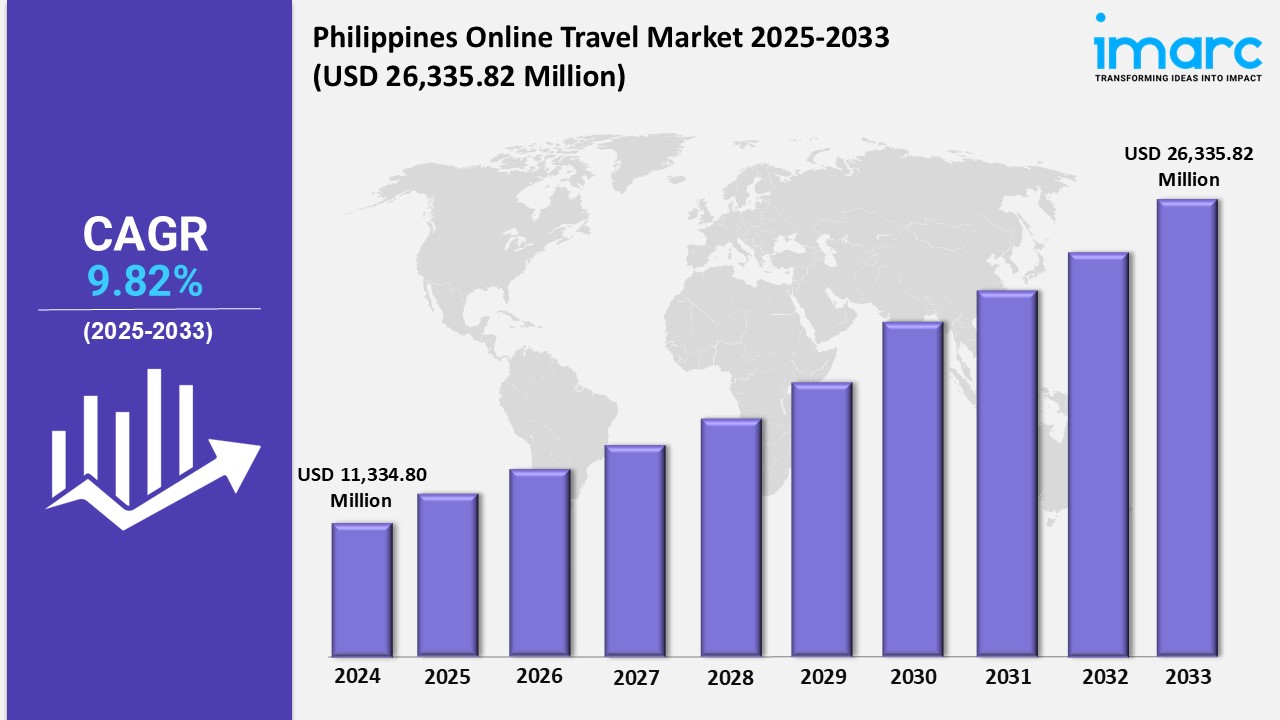Australia Plastic Packaging Market Size Expected to Grow to USD 10,567.13 Million by 2033

Strong 8k brings an ultra-HD IPTV experience to your living room and your pocket.
The latest report by IMARC Group, “Australia Plastic Packaging Market Size, Share, Trends and Forecast by Material, Product, End Use Industry, and Region, 2025-2033,” provides an in-depth analysis of the Australia plastic packaging market. The report also includes competitor and regional analysis, along with a breakdown of segments within the industry. The Australia plastic packaging market size reached USD 7,794.00 Million in 2024 and is projected to grow to USD 10,567.13 Million by 2033, exhibiting a CAGR of 3.44% during the forecast period.
Report Attributes and Key Statistics:
Base Year: 2024
Forecast Years: 2025-2033
Historical Years: 2019-2024
Market Size in 2024: USD 7,794.00 Million
Market Forecast in 2033: USD 10,567.13 Million
Market Growth Rate 2025-2033: 3.44%
Australia Plastic Packaging Market Overview:
The Australia plastic packaging market is witnessing steady growth, driven by rising demand from the food and beverage, healthcare, and personal care sectors. Companies are frequently adopting lightweight, durable, and sustainable plastic materials to improve product protection and reduce logistics costs. Government initiatives toward reducing plastic waste are reshaping industry strategies, with businesses emphasizing innovation in biodegradable and recyclable packaging. Manufacturers are investing in advanced research to develop eco-friendly packaging options that comply with tightening regulations as consumers become increasingly conscious about environmental sustainability. These factors are fostering a competitive landscape and supporting market expansion across major urban and regional centers.
Request For Sample Report: https://www.imarcgroup.com/australia-plastic-packaging-market/requestsample
Australia Plastic Packaging Market Trends and Drivers:
The market is experiencing a surge in innovation around bioplastics, compostable films, and plant-based plastics, largely in response to growing environmental concerns and evolving consumer preferences. Sustainable and circular packaging systems are being prioritized, with leading businesses investing in recyclable and reusable solutions that balance functionality with reduced environmental impact. Notable partnerships—such as Amcor and Tip Top Bakeries’ launch of bread bags containing 30% recycled plastic—underscore the practical shift to mass balance methods and increased incorporation of recycled materials in mainstream packaging by 2025. This sustainability-driven momentum is supporting new market opportunities and solidifying consumer trust.
Strong and sustained demand from fast-moving consumer goods sectors—especially food and beverages, healthcare, and personal care—continues to underpin growth in the plastic packaging market. The sector benefits from properties like lightweight, durability, and hygiene, which enhance product shelf-life and transportation efficiency. Meanwhile, government policies such as the National Packaging Targets and extended producer responsibility schemes are compelling manufacturers to improve recyclability and reduce single-use plastics. Manufacturers are further responding with intensive R&D, advancing packaging solutions that meet strict regulatory standards while supporting brands’ ESG commitments and consumer demand for eco-friendly options.
Challenges and Opportunities:
Australia’s plastic packaging market is facing persistent challenges in regulatory compliance, as manufacturers navigate evolving policies mandating recyclable or compostable formats and reduced single-use plastics. Keeping up with rapid innovation in sustainable materials and investing in costly technologies can strain smaller companies. Extended responsibility schemes and the transition to circular economy practices demand changes across the supply chain, presenting cost, scalability, and standardization hurdles. Additionally, fluctuating raw material prices and the need for consistent quality assurance further complicate operations for both established and emerging businesses.
Opportunities are emerging through the adoption of sustainable materials, the development of advanced recycling techniques, and the formation of cross-industry partnerships aimed at product stewardship and waste reduction. Companies are expanding their portfolios to include compostable, plant-based, and recycled-content packaging, aligning with both consumer values and regulatory frameworks. The growing prominence of e-commerce and organized retail has increased the demand for protective, innovative packaging formats. Market players focusing on branding, functionality, and compliance are well positioned to tap into high-value segments across Australia’s metropolitan and regional markets.
Australia Plastic Packaging Market Key Growth Drivers:
• Rising consumption in food and beverage, healthcare, and personal care sectors
• Growing consumer preference for lightweight and durable packaging
• Advancements in bioplastics and sustainable packaging solutions
• Government regulations and circular economy initiatives
• Increased company investment in R&D for eco-friendly materials
Key Highlights of the Report:
• Comprehensive market segmentation and regional analysis
• Detailed review of key innovations and regulatory shifts
• Competitive landscape with major player profiles and winning strategies
• Forecasts and data-driven insights for 2025-2033
• Analysis of material, product, and end-use industry trends
Australia Plastic Packaging Market Segmentation:
By Material:
• Polyethylene (PE)
• Polypropylene (PP)
• Polyethylene Terephthalate (PET)
• Polystyrene (PS) & Expanded Polystyrene (EPS)
• Polyvinyl Chloride (PVC)
• Others
By Product:
• Bottles and Jars
• Trays and Containers
• Others
By End Use Industry:
• Food and Beverages
• Healthcare
• Cosmetics and Personal Care
• Others
By Region:
• Australia Capital Territory & New South Wales
• Victoria & Tasmania
• Queensland
• Northern Territory & Southern Australia
• Western Australia
Competitive Landscape:
• Market structure and key player positioning
• Top winning strategies and competitive dashboard
• Detailed profiles of all major companies
Australia Plastic Packaging Market News:
• February 2025: Amcor and Tip Top Bakeries partner to launch bread bags with 30% recycled plastic using the mass balance method, available at major Australian supermarkets.
• September 2024: Detpak introduces over 20 commercially biodegradable and recyclable PBS-lined cartons, trays, and lunchboxes, aligning with new laws to cut single-use plastics.
Note: If you require specific information not currently within the scope of the report, we can provide it as part of the customization.
Ask an analyst for your customized sample: https://www.imarcgroup.com/request?type=report&id=34140&flag=C
About Us:
IMARC Group is a global management consulting firm that helps the world’s most ambitious changemakers to create a lasting impact. The company provides a comprehensive suite of market entry and expansion services. IMARC offerings include market assessment, feasibility studies, company incorporation assistance, factory setup support, regulatory approvals and licensing navigation, branding, marketing and sales strategies, competitive landscape and benchmarking analyses, pricing and cost research, and procurement research.
Contact Us:
IMARC Group
134 N 4th St. Brooklyn, NY 11249, USA
Email: [email protected]
Tel. No.: (D) +91 120 433 0800
Americas: +1 631 791 1145
Note: IndiBlogHub features both user-submitted and editorial content. We do not verify third-party contributions. Read our Disclaimer and Privacy Policyfor details.






